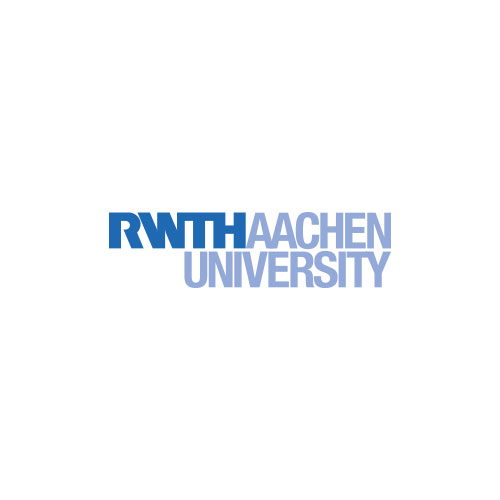World’s First Non-Spherical Microbubbles Generated At RWTH
An international research team led by Anshuman Dasgupta and Professor Twan Lammers from the Institute for Experimental Molecular Imaging at RWTH Aachen University succeeded in generating stable non-spherical microbubbles. In collaboration with Professor Samir Mitragotri from the Wyss Institute at Harvard University and researchers from the Massachusetts General Hospital in Boston, the Italian Institute of Technology in Genoa, and the DWI Leibniz Institute for Interactive Materials in Aachen, the team developed materials and methods for the one-dimensional mechanical stretching of microbubbles.
Microbubbles are comparable to soap bubbles in the micrometer range. As a result of surface tension, soap bubbles are perfectly round in shape. Scientifically, bubbles are therefore referred to as “minimal surface structures”, enclosing a maximum volume of air within the smallest possible surfactant surface area. Microbubbles are used clinically as contrast agents for ultrasound imaging. In addition, they are increasingly explored for drug delivery purposes, as they are capable of permeating vascular endothelium (for instance the blood-brain barrier) to facilitate drug accumulation and improve therapeutic efficacy.
The international research team has now succeeded in producing rod-shaped microbubbles, which outperform spherical microbubbles in several ways. They move closer to blood vessel walls, have longer circulation times in vivo after intravenous administration, and are more effective in permeabilizing the blood-brain barrier when combined with transcranial focused ultrasound.

